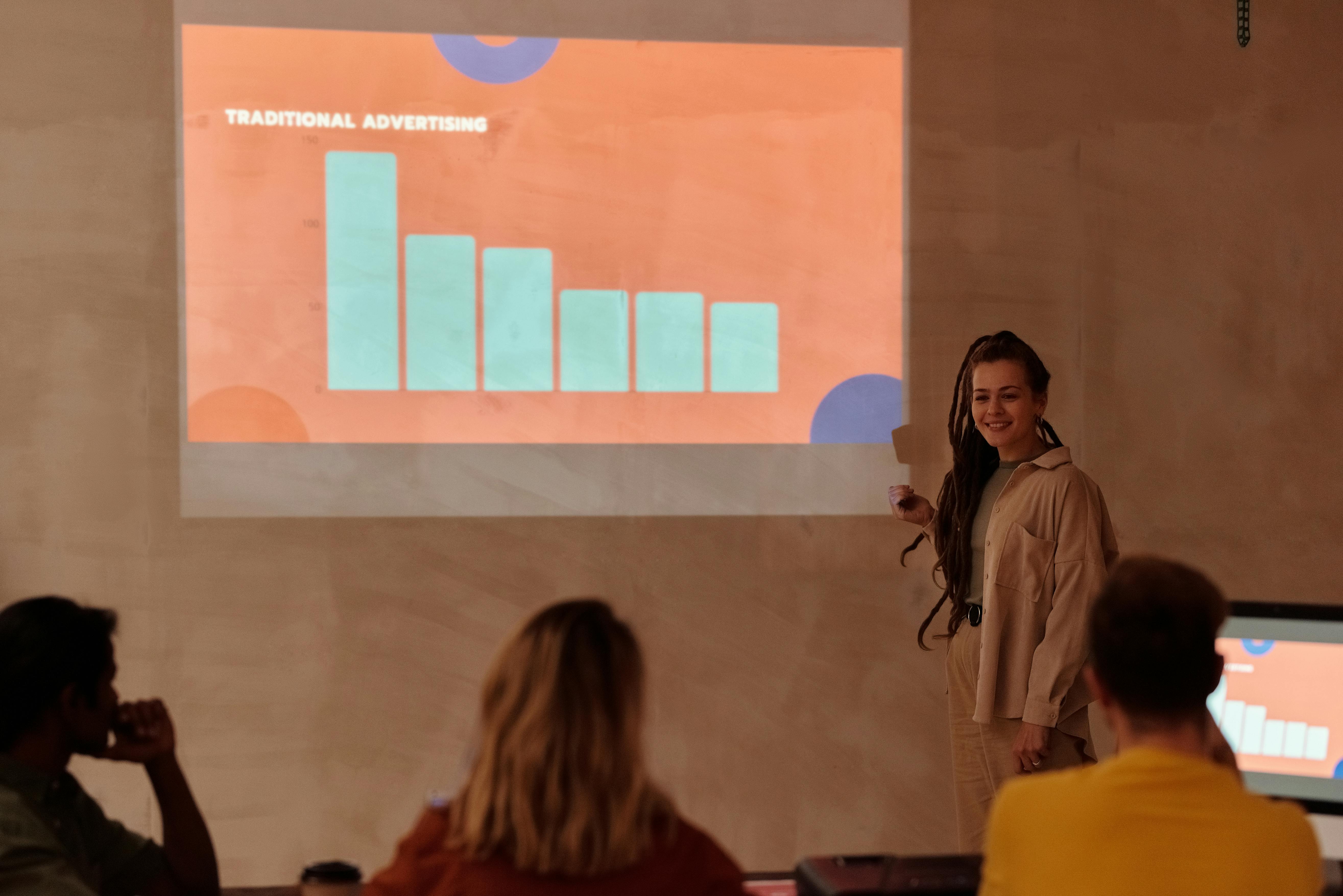
11 Excellent Optimization Tips and Tricks to Increase Website Speed
With the rampant growth of websites, it is very apprehensive that any non-functioning website will be removed from the competition in an instant. Success can seem implausible for websites, which are not trimmed enough to load faster or cannot process content quickly. In addition to using multiple JavaScript and stylesheets, it should also be noted that speed and performance come before anything else to ensure a great user experience. These are some of the useful tips that can help website owners to get loyal and repeat customers for their website.
1. Image optimization:
Images are an integral part of most websites, which if not properly optimized can consume a significant amount of bandwidth delaying the response of web pages. Therefore, images should be optimized rather than scaled down. Some of the best practices are the use of web-compatible image formats like GIF, PNG or the use of some tools, which can compress the images without compromising their quality. Using responsive images can also be very helpful.
2. Minimization of redirects:
Websites tend to take longer to load due to intrinsic redirects that generate additional HTTP requests. To keep these additional requests to a minimum, developers should tend to restrict the use of intermediate redirects.
For responsive websites, web pages are automatically redirected to responsive mobile versions without additional HTTP requests.
3. Reduction of DNS lookups:
DNS lookup plays a vital role in downloading web pages. DNS (Domain Name System) typically takes a long time to resolve the host’s IP address. It further delays the response time of the browser while the browser waits for this background resolution process to complete completely.
It is good practice to divide the hostname components into at least four hostnames and that can dramatically reduce DNS lookup time.
4. Reduction of HTTP requests:
Browsers spend most of their time sending HTTP requests to download various components of a web page such as images, flash, style scripts, etc. Therefore, a greater number of page components results in a longer loading time of the web page.
It ensures design simplification, which can be done by reducing the number of elements on the page, using combined style sheets, compressed content, and putting the style scripts at the end.
5. Independent asset hosting:
There are many elements on a web page that do not require server-side processing. These elements are images, CSS files, JavaScript, and other graphic objects. Many web application developers do not want to host these components separately and this does not affect performance either. However, this is a great way to ensure better server stability in the event of an unexpected spike in web traffic.
6. Optimized CSS and JavaScript:
Compressing Cascading Style Sheets (CSS) and JavaScript components on the web page can significantly optimize web page performance. There are many dedicated tools, which can be used to remove unnecessary characters like comment lines, block delimiters, or whitespace from the script to compress the files. Online script compression services can also be of great help in optimizing HTML, CSS, and JS files.
7. Enabling browser caching:
On the first visit to a website, the components of the web page, such as images, CSS and JavaScript files, are downloaded and cached on the user’s device. Makes subsequent visits to the web page faster by quickly loading them from cache rather than downloading them again. Therefore, the web page can be quickly displayed to users by taking advantage of the browser’s cache.
8. Optimized web font:
The use of custom web fonts, such as Google fonts, is all the rage now and more than half of the websites use web fonts worldwide. Although they have certain advantages, they significantly reduce the response time of web pages, as browsers send additional HTTP requests to retrieve them. Therefore, it is recommended to keep the use of custom fonts to a minimum and host them locally with Base64 encoding.
9. Pre-charge and pre-connection:
Pre-searching for a domain name in the main section of the HTML code is a smart way to resolve domain names before the browser follows the link at load time.
Similarly, pre-connection is a great way to initiate HTTP requests for DNS lookup, TLS handshake, and TCP handshake in advance before the browser sends the request to the servers. Greatly reduces overall response time.
10. Hotlink protection:
Sometimes direct linking of web content from several foreign sites reduces the performance of the site that actually owns the content. Therefore, Hotlink protection is the process of preventing other websites from using the content of a site. Save a lot of bandwidth by keeping external HTTP references at bay.
11. Optimized database:
This may have been put at the bottom of the page, but it is just as important as the other methods to help optimize the website. The database can be tuned with regular maintenance where unused or redundant tables can be dropped. For faster access to information, data can be properly indexed.
These are some of the most useful tips for modifying your code or content, which promises an optimized web page. Still, there are plenty of useful little tricks to implement to get great results. As they always say about websites, “The more agile, the better.”